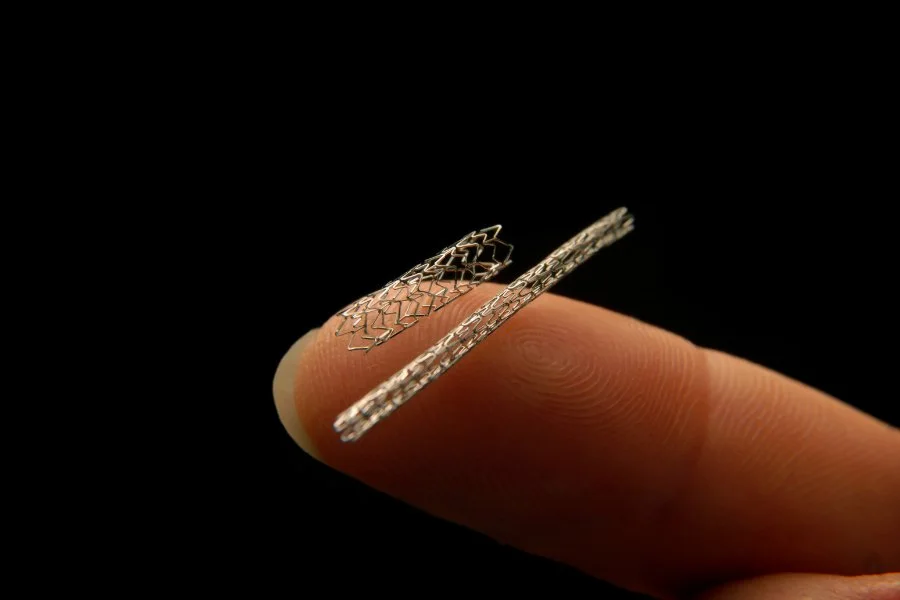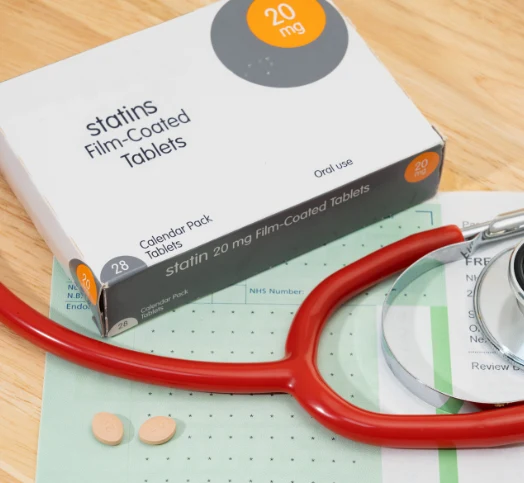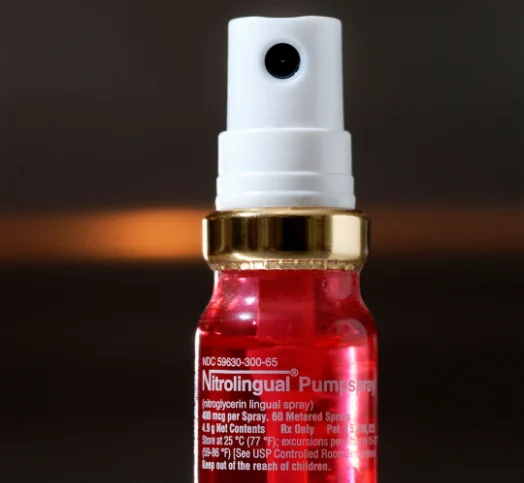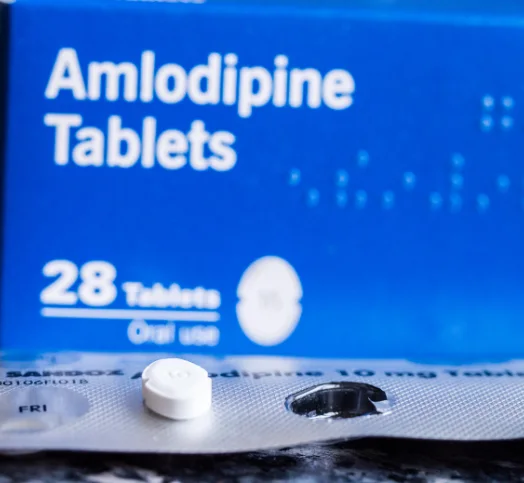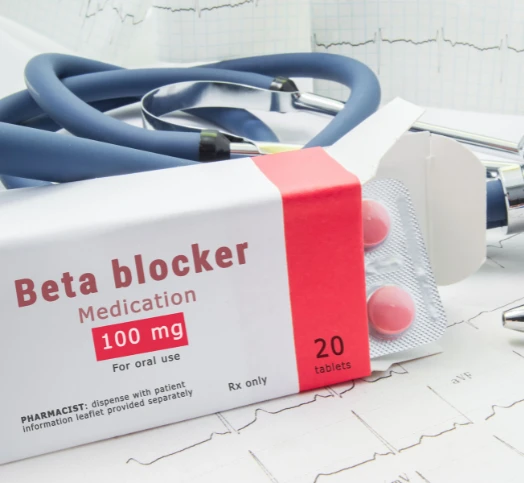For decades, heart stents have been the mainstay treatment for coronary artery disease (CAD), restoring blood flow in narrowed or blocked arteries. While drug-eluting stents (DES) have significantly improved outcomes, they come with long-term considerations, including the need for dual antiplatelet therapy (DAPT) and the risk of in-stent restenosis or stent thrombosis.
Recently, drug-coated balloons (DCBs) have emerged as an alternative, particularly in specific cases such as in-stent restenosis and small vessel disease. But could DCBs one day replace permanent stents altogether? Let’s explore the potential of this evolving technology.
What Are Drug-Coated Balloons?
DCBs are specialized angioplasty balloons coated with anti-proliferative drugs, such as paclitaxel or sirolimus, which are designed to reduce excessive tissue growth inside arteries. Unlike stents, which are permanently implanted, DCBs deliver medication to the artery wall during balloon inflation and are then removed, leaving no permanent metal structure behind.
How Do Drug-Coated Balloons Work?
The DCB procedure is similar to traditional balloon angioplasty, where a balloon is inflated at the site of a blockage to restore blood flow. The key difference is that as the balloon expands, it delivers medication directly to the arterial wall, helping to prevent re-narrowing (restenosis).
DCBs have shown strong clinical success in:
- Treating in-stent restenosis (when a previously placed stent re-narrows due to tissue overgrowth)
- Small vessel disease, where placing a stent may be technically difficult
- Side branch lesions in bifurcation disease, reducing the need for two-stent strategies
Could Drug-Coated Balloons Replace Stents?
DCBs offer several potential advantages over stents:
- No permanent metal implant, preserving natural artery flexibility
- Lower risk of late complications, such as late stent thrombosis or restenosis
- Reduced need for prolonged dual antiplatelet therapy, lowering the risk of bleeding complications
- Fewer challenges for future interventions, as there is no stent to navigate around in case additional procedures are needed
However, DCBs also have limitations that currently prevent them from fully replacing stents:
- They do not provide mechanical support, which is crucial in larger or heavily calcified arteries
- Recoil and dissection risks, meaning some arteries may collapse or develop tears without a stent to scaffold them
- Limited long-term data compared to drug-eluting stents, which have decades of research backing their use
The Future of DCBs in Coronary Artery Disease
While DCBs are unlikely to completely replace stents in the near future, their role in select cases is expanding. Emerging research suggests that in certain patient groups, particularly those with small vessel disease, bifurcations, or specific lesion types, DCBs may provide outcomes comparable to or better than stents.
Newer sirolimus-coated balloons and advances in balloon delivery technology may further improve DCB efficacy, opening the door for broader applications in coronary interventions.
Conclusion
Drug-coated balloons represent an exciting innovation in interventional cardiology, offering a stent-free approach in select cases. While stents remain the gold standard for treating most significant coronary blockages, DCBs are carving out a niche and may play a larger role in future treatment strategies.
For now, the best approach depends on individual patient needs, lesion characteristics, and ongoing technological advances. Permanet heart stents are the primary way to manage narrowings for now but no doubt there will be increasing application of drug coated balloons to more and more lesions and for more patients as ongoing trial results are released. If you are considering coronary intervention, speak with your cardiologist to determine the most suitable treatment option for your specific condition.

